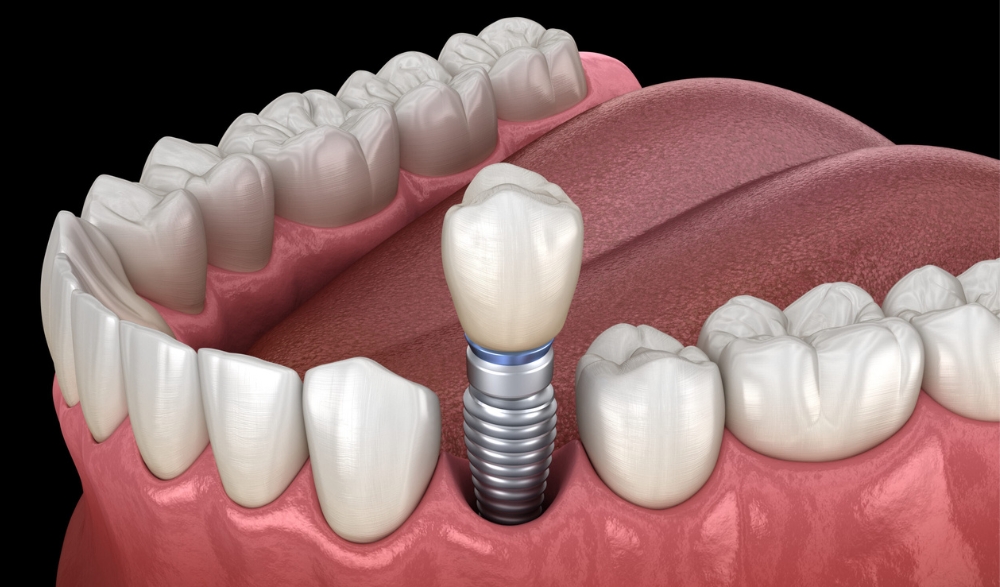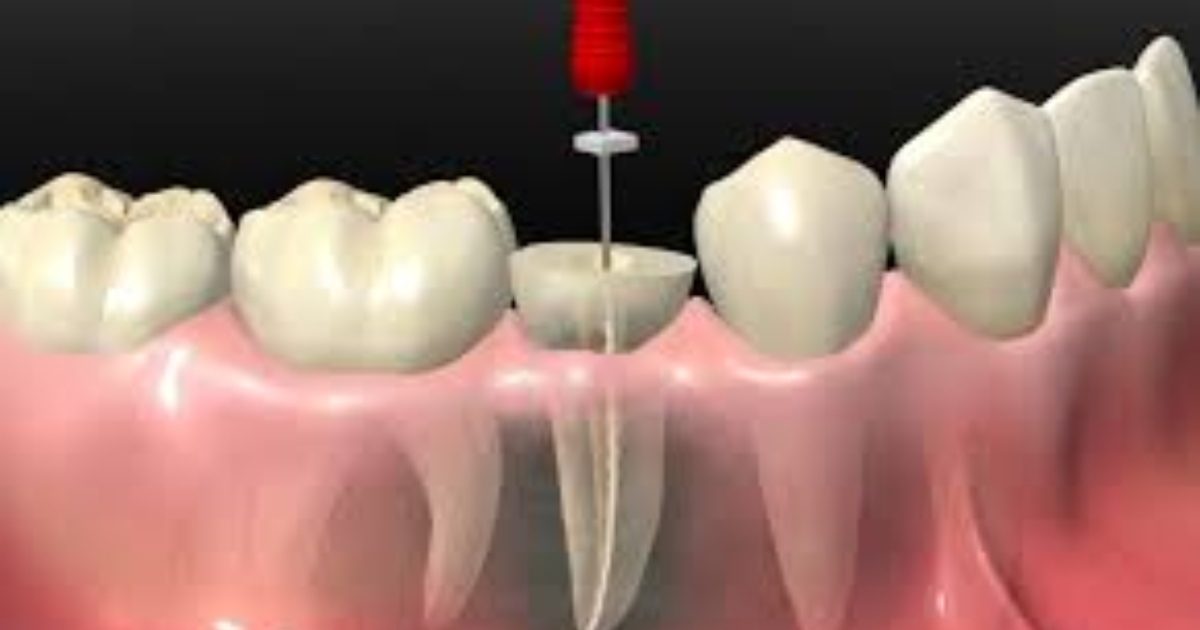Call Us Today 817-737-7668

Root canal treatment is a vital procedure aimed at saving teeth that are damaged or infected. The intention is to eliminate the affected tissue and restore the tooth to a healthy state. When successful, root canal therapy can extend the life of a tooth for many years. However, not all root canals result in a lasting solution. Sometimes, issues can arise, leading to what’s known as root canal failure. In such cases, retreatment may be necessary.
This blog explores root canal failure, the need for retreatment, and how this process helps restore your teeth’s health.
Recognizing Root Canal Failure
Root canal failure occurs when the initial treatment does not fully resolve the problem or when new issues arise. Here’s a closer look at what this means:
- Definition
Root canal failure happens when the treated tooth does not heal as expected. This can lead to ongoing or new symptoms despite the initial treatment.
- Common Symptoms
Key signs of root canal failure include:
- Pain: Persistent or recurring pain in the treated tooth.
- Sensitivity: Increased sensitivity to hot or cold.
- Swelling: Swelling in the surrounding gum tissue.
- Causes: Several factors can contribute to root canal failure, including:
- Infection: New infections or remnants of the original infection.
- Incomplete Cleaning: Areas of the root canal that were not thoroughly cleaned.
- Cracks or Damage: New fractures or existing cracks in the tooth that compromise the treatment.
When Retreatment Is Required?
In certain situations, a retreatment of the root canal is necessary to address the failure and restore the tooth’s health. Here’s why retreatment might be needed:
- Persistent or Recurring Pain: If you continue to experience pain after a root canal, it may indicate that the initial treatment was not successful.
- Infection or Abscess: Ongoing infection or development of an abscess around the tooth may require additional treatment.
- New Cavity or Fracture: If a new cavity or fracture develops, it can affect the success of the original treatment, necessitating retreatment.
- Unsuccessful Initial Root Canal: In some cases, the original root canal wasn’t performed correctly or didn’t fully resolve the issue.
Early detection and treatment are essential for preventing further complications and preserving the tooth.
The Retreatment Process
Root canal retreatments in Little Elm involve several steps and are somewhat different from the initial root canal procedure:
- Initial Examination: The endodontist will evaluate the tooth with X-rays and other diagnostic tools to assess the current condition.
- Removing Previous Filling: The first step in retreatment is to remove the old root canal filling material.
- Cleaning and Disinfection: The dentist will clean the canal thoroughly, removing any remaining infection or debris.
- Filling and Sealing: The cleaned canal is refilled with new material and sealed to prevent future issues.
- Restoration: The tooth is restored with a new filling or crown, based on the degree of damage.
The retreatment procedure aims to correct the issues that led to the failure of the initial root canal and to restore the tooth to a healthy state. It provides a chance to resolve problems that the first treatment couldn’t address.
Preventing Root Canal Failure
To reduce the risk of root canal failure and ensure the longevity of the treatment, consider these tips:
- Good Oral Hygiene: To maintain healthy teeth and gums, continue to brush and floss on a regular basis.
- Regular Dental Checkups: Schedule routine visits to your dentist for exams and cleanings. Regular checkups can help catch issues early.
- Avoid Biting on Hard Objects: Avoid using your teeth to chew hard substances, which can cause fractures or damage.
- Protective Mouthguards: Use mouthguards during sports to prevent trauma to your teeth.
By following these preventive measures, you can help prolong the life of your root canal and maintain good oral health.
Seeking professional help is crucial if you suspect problems with a root canal. Retreatment can resolve issues that might arise and ensure the health of your tooth. Successful retreatment can restore your tooth’s function and comfort, making it a worthwhile option when problems occur.
For those experiencing ongoing issues or symptoms, consulting with an endodontist in Little Elm can provide the necessary expertise to address and manage complex cases effectively. Maintaining good oral health practices and regular dental visits will also support long-term success and dental well-being.





